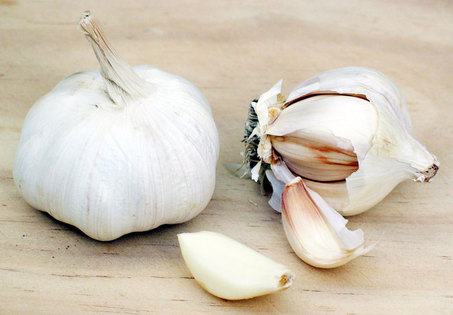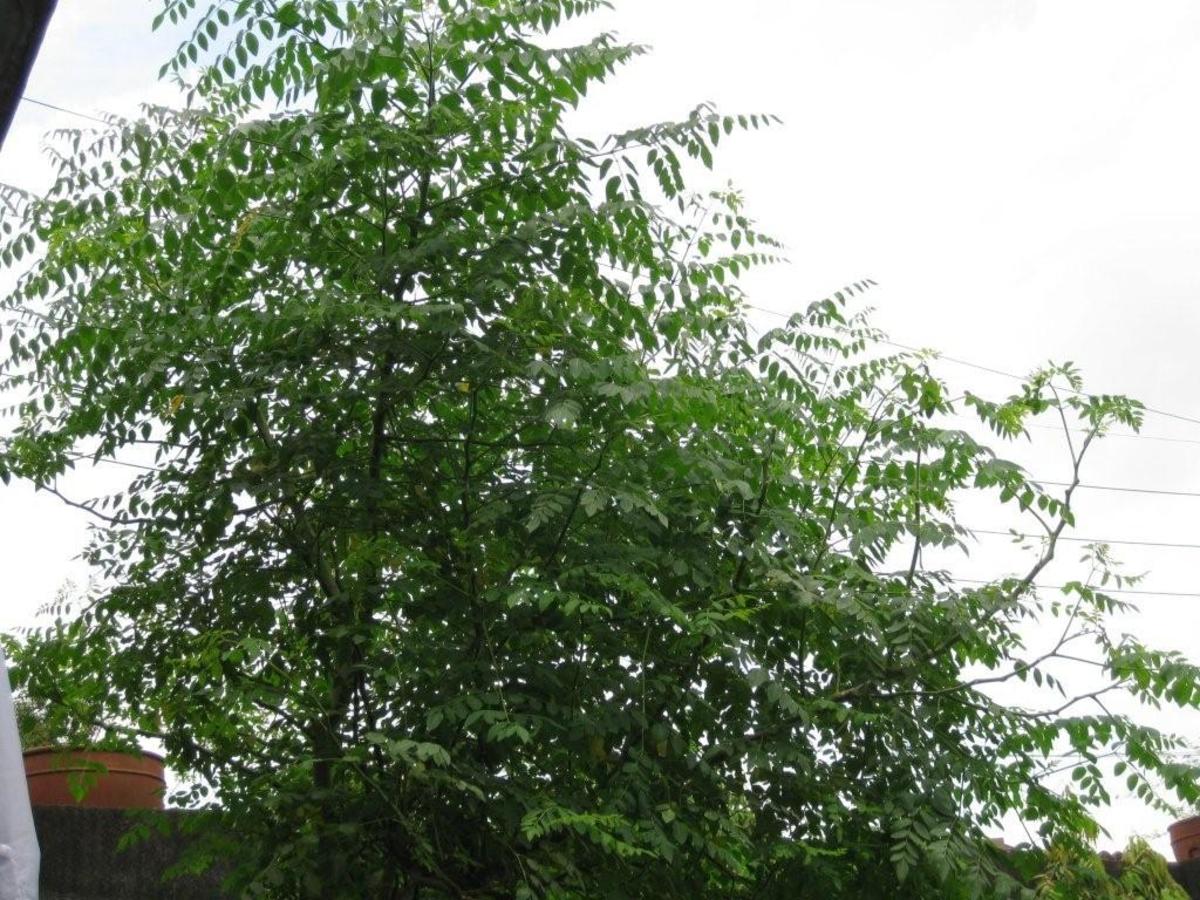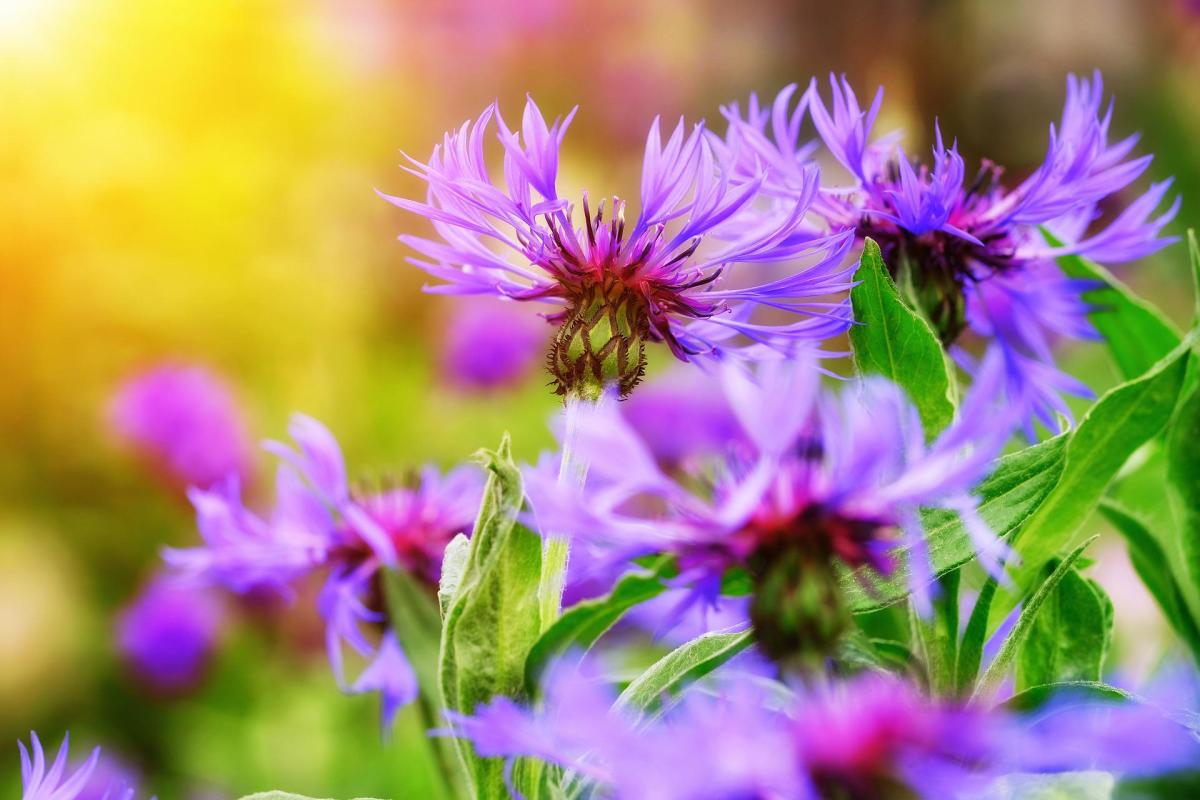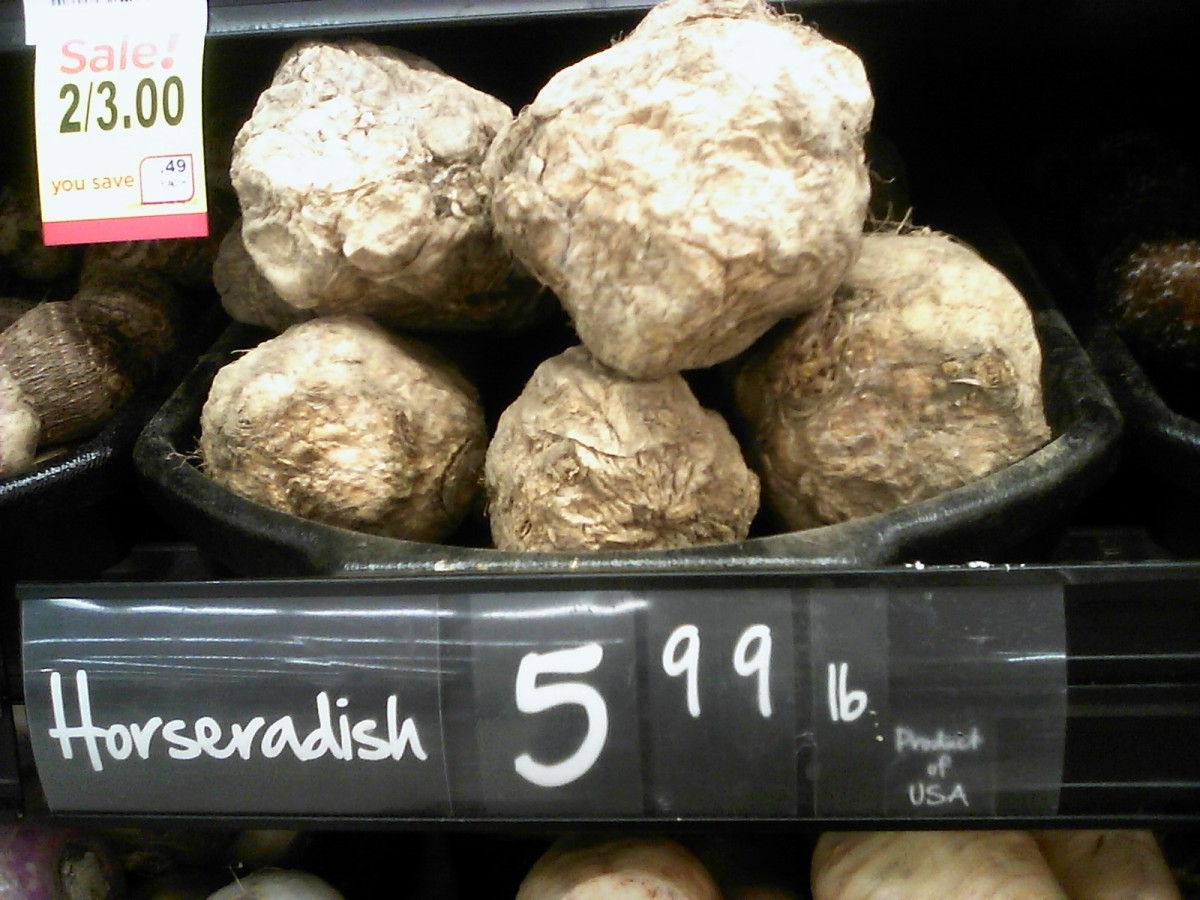Herbal Remedies To Ease Hayfever
Most people can enjoy the Spring and Summer sunshine, but for those who suffer with hayfever, it can be a miserable time.
Hayfever is caused by an allergic reaction to tiny airbourne particles of pollens and grains. Pollen is released from flowers, grasses and trees, and fills the air, particularly on warm dry days. When pollen comes into contact with the eyes, nose and lungs of hayfever sufferers, it triggers the immune system to produce massive amounts of the chemical substance histamine. This results in a hypersensitive reaction of streaming eyes, sore throat and runny nose. In severe hayfever cases, symptoms similar to asthma can occur.
How To Help Prevent Hayfever
Ideally, it is a good idea to use herbal remedies as a preventative measure leading up to spring and summer. Rather than just treating the symptoms as they appear.
Echinacea
This Native American plant is a natural immunity enhancer. It stabilises the histamine producing cells, and keeps white blood cells within the normal range. The root, leaves or whole plant can be used in tonics or teas. A cup of Echnacea a day boosts the immune system in time for the hayfever season.
Garlic
It is best to add Garlic to the diet one or two months before the hayfever season. It contains B group vitamins that have immune boosting properties.
Chamomile Eye Compress
One of the worst symptoms of hayfever are red, itchy and sore eyes. A natural alternative to over the counter eye drops is a Chamomile eye compress.
Ancient Wisdom
In ancient times, herbalists noted how the apperance of some plants resembled parts of the human body. They applied this observation to Chamomile which they said looked similar to the eyes.
Chamomile has anti inflammatory properties and a cooling effect that can soothe swollen red eyes caused by hayfever.
To make a Chamomile eye compress:
- Make a cup of weak Chamomile tea and allow to cool
- Soak a wad of cotton wool or a clean cloth in the tea
- Gently place over the eyes and leave until the soreness has subsided
Always use a fresh compress for each eye to avoid infection.
Herbal Tea's
Drinking herbal tea's are a really simple way to introduce herbalism into daily life. For an effortless way to treat hayfever symptoms, use herbal tea bags or a few drops of tincture (a liquid herb extract) in hot water and drink daily.
Herbs To Relieve Hayfever Symptoms
Chamomile
Chamomile tea drunk daily can soothe the symptoms of hayfever. Chamomile is rich in anti inflammatory agents and is gentle enough for children to use.
Chamomlie essential oil is also beneficial as it contains chamazule which has potent anti inflammatory properties.
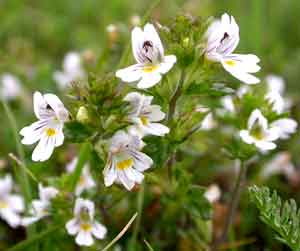
Eyebright
Eyebright can be used as a dried herb or a liquid tincture. It tightens and soothes the mucus membranes, drying up secretions. Eyebright also has natural anti imflammatory properties.
Eyebright Tea
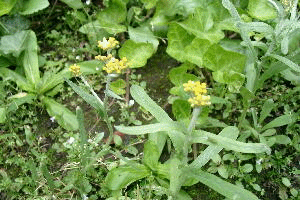
Cudweed
Cudweed has many helpful properties for relieving the symptoms of hayfever. It reduces catarrh and has anti inflammatory and astringent properties, both of which help to ease the irritating symptoms.
Cudweed can be prepared as tea and drank daily. It is also a recommended ingredient for a steam inhalation for asthma sufferers.
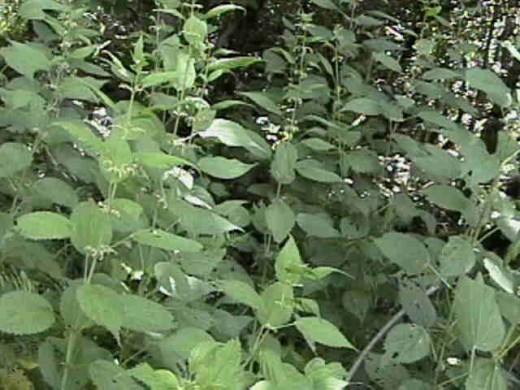
Nettles
Fresh stinging nettles are full of chlorophyll and formic acid and strenghten the immune system in preparation for the hayfever season. They also act as an effective antihistamine and an astringent to reduce itchy eyes and sneezing.
Lightly cooked Nettles can be served as a spring vegetable.
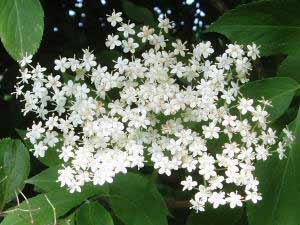
Elderflower
Elder is a natural astringent and is great for drying up excess mucus. A herbal infusion of Elderflowers is both an excellent preventative measure and treatment for hayfever.
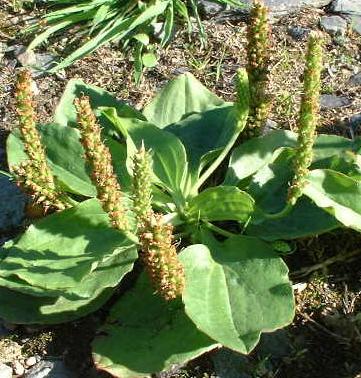
Plantain
The juice or tincture prepared from the leaves of Plantain provides valuable hayfever relief. The leaves are rich in anti inflammatory iridoids and flavanoids. The plant also has a natural astringency that acts to tone and dry the mucus membranes.
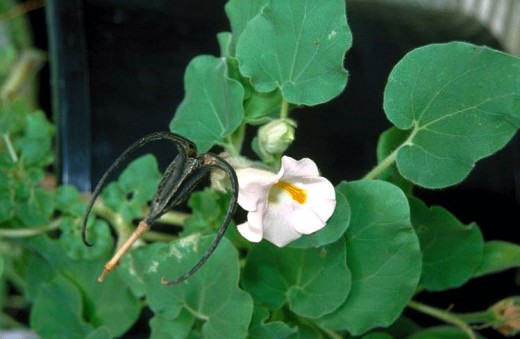
Devil's Claw
Devil's Claw is a plant native to Southern Africa, it gets its name from the wood-like branches of barbed fruit. The root turbers of the plant are valued for medicinal use as they have anti inflammatory and immune boosting properties. This makes Devil's Claw very useful in the treatment of hayfever.
Garlic
As well as having immune boosting properties, Garlic is a natural fungicide. Hayfever attacks can be triggered by fungus spores and Garlic is a great way to combat these. It also has antihistamine properties which make it useful in helping to reduce the symptoms of hayfever, such as a runny nose and itchy sore eyes. Garlic is a versatile plant that can be eaten both cooked and raw.
